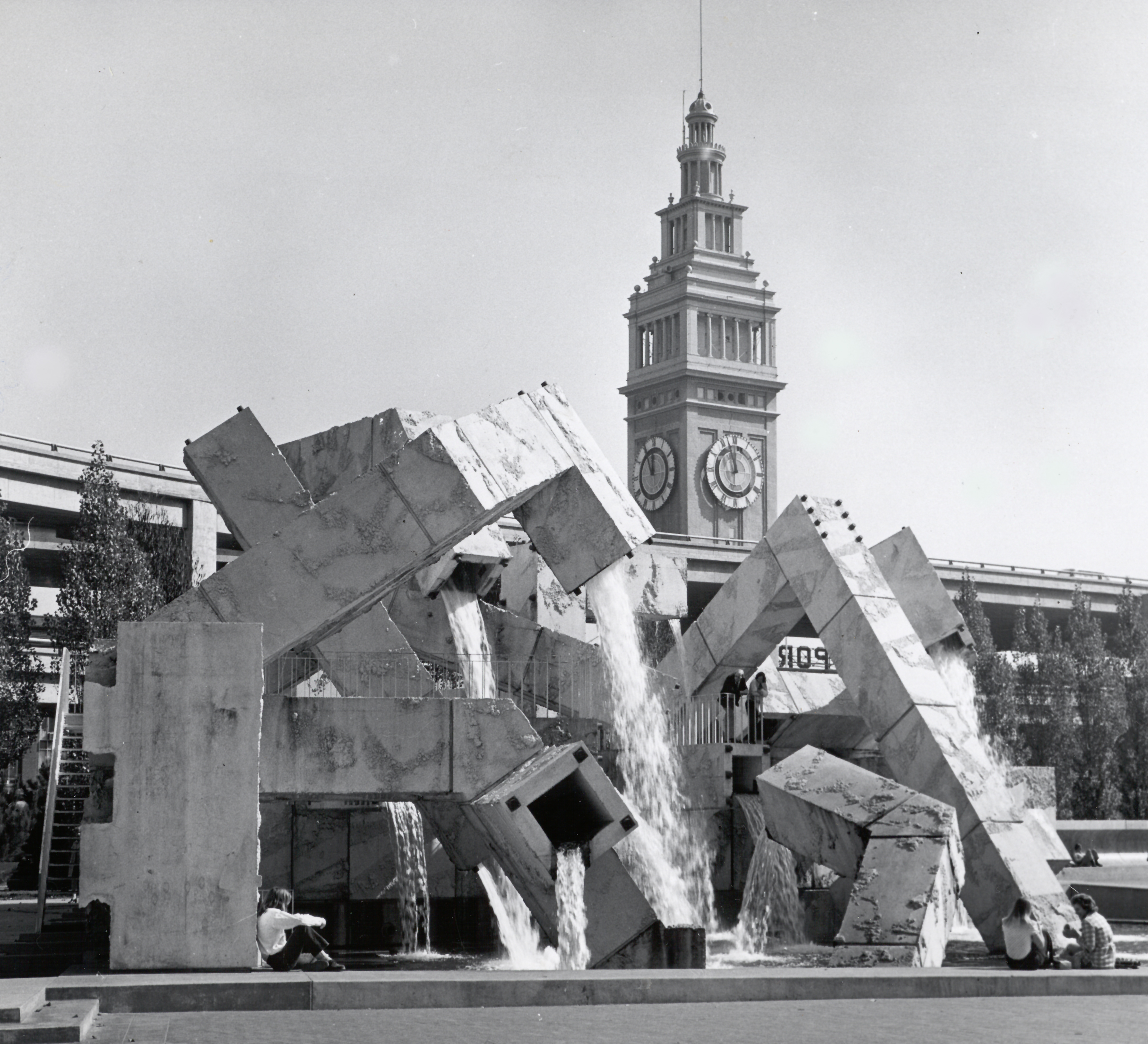
A Brush With Everyday Beauty at the Asian Art Museum
By Anh-Minh Le
A new exhibition at the Asian Art Museum proves that less is indeed more. Opening on December 12, “Qi Baishi: Inspiration In Ink” commemorates the 160th anniversary of the birth of China’s eminent modern ink painter, notable for his semi-abstract and minimalist aesthetic.
“The artist really knows how to grab the attention of the viewers and make the deepest impression with very simple brushstrokes and very bold compositions, to highlight the most essential elements,” says Fan Jeremy Zhang, the Barbara and Gerson Bakar Curator of Chinese Art at the Asian Art Museum.
Zhang anticipates that the themes of the 42 works on paper, which have never previously been shown in the United States, will have broad appeal. “He is known as the People’s Artist because his subject matters are about objects from everyday life,” Zhang explains. “You can find hidden beauty from those familiar objects that he paid attention to — especially small animals, tiny creatures, plants — as well as landscape scenes.”
Born into a poor farming family, Qi had an early career as a carpenter, prior to learning the traditional Chinese art forms of painting, seal carving and calligraphy. His humble beginnings continually informed his observations and depictions. “Drinking Alone,” which will be on view, portrays the broken body of a crab, a pair of insects and a small glass. Zhang notes that with such accessible subjects and technical virtuosity, “both educated elites and common folks liked Qi Baishi’s artworks.” In 2017, Qi Baishi became the first Chinese artist to break the $100 million mark at auction when his “Twelve Landscape Screens” (1925) fetched $140.8 million.
“Inspiration In Ink” is organized in three sections: “Portraying Immortals” (figure paintings), “Revealing Beauty” and “Joy in Everyday Life” (plants and animals), as well as “Pursuing the Way of Naturalness” (landscapes). All works are on loan from the Beijing Fine Art Academy, where the artist, who died in 1957 at age 93, served as the first honorary director. The Asian Art Museum also has history with Qi: In 1960, he became the first Chinese artist to have a solo exhibition at the de Young Museum — the institution where the Asian Art Museum got its start as a wing devoted to Asian art. The Asian Art Museum debuted as an independent museum in its current location in 2003 and, a decade later, presented “The Carved Brush: Calligraphy, Painting and Seal Carving by Qi Baishi.”

"Drinking Alone," Album of Elaborate Works of Fine Brushwork Insects, No. 2, 1949. Lent from the Beijing Fine Art Academy Collection. Photographs © Beijing Fine Art Academy. Courtesy Asian Art Museum
Qi’s influence beyond China is well documented. During a trip to Beijing in 1930, American artist and architect Isamu Noguchi was introduced to Qi’s paintings — and then to the artist himself, who he studied with for about six months. Although the two did not speak the same language, Noguchi learned ink painting techniques by observing Qi; the former ultimately created 100 or so ink scroll paintings.
Pablo Picasso was a fan, too. The story goes that Picasso, in a 1956 meeting with another Chinese artist, offered praise along the lines of: “Mr. Qi painted fish without a touch of color and he didn’t even draw a single line to depict the water, but people can see the river and sense the freshness of the water in his painting.”
Zhang points out that, given his impact, Qi is often referred to as “the Picasso of China.” “We can suggest this kind of iconic status of these two artists in modernizing their individual artistic traditions, from the West and from the East,” Zhang elaborates. “Qi Baishi is known for his very innovative experiments in revitalizing and refashioning ink paintings while introducing it to a modern audience in this contemporary era. That’s why his contributions are so important and some scholars try to compare him to Picasso.”

"Go to School," circa 1930. Lent from the Beijing Fine Art Academy Collection. Photographs © Beijing Fine Art Academy. Courtesy Asian Art Museum
Special features in the museum exhibition will encourage visitor engagement, including a display with letters that Qi wrote to friends and patrons. Guests can take home copies of the Chinese-language correspondences as a keepsake and write to the Beijing Fine Art Academy to share their thoughts on the artist’s work. There will also be an opportunity to create digital paintings, with the speed and strength of the virtual brushstrokes dictating what appears on-screen.
Elsewhere, A.I. technology will render local scenes, like the Golden Gate Bridge, in Qi’s style. And to illustrate the artist’s development and evolution, a video will show his shrimp paintings over several decades. The crustaceans and other aquatic animals were frequent subjects, as were flowers, birds, insects, fruits and vegetables. Amid the bustle of the city, “Inspiration In Ink,” which runs through April 7, can be a respite. “A function of art is to help us get inspiration and joy from everyday life — to help us relax and have some kind of calm,” Zhang says. “Come to the Asian Art Museum to have a peaceful mind. Sit before the paintings to get some inspiration and meditation.”
Main Image: "Dove of Peace," 1952. Lent from the Beijing Fine Art Academy Collection. Photographs © Beijing Fine Art Academy. Courtesy Asian Art Museum
→ “Qi Baishi: Inspiration In Ink.” Asian Art Museum December 12, 2024 - April 7, 2025.



